Best Telecasters 2026: Fender Telecasters for every budget
Our pick of the best Telecasters that prove Leo Fender’s first born is still the most versatile guitar design of all time
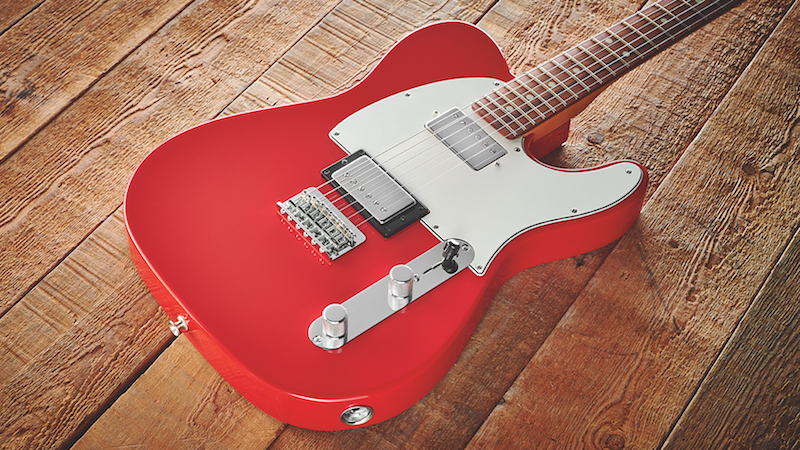
1. Quick menu
2. Best on a budget
3. Best budget reissue
4. Best value Telecaster
5. Best for versatility
6. Best noiseless
7. Best with Bigsby
8. Best value USA
9. Best signature model
10. Best modern Tele
11. Buying advice
12. How we choose
At some point in their lives, every guitar player begins to lust after a Telecaster. The sound, playing feel, and musical pedigree are unmatched by any other electric guitar, all whilst retaining a tonal identity that’s completely unique. The best Telecasters are amongst the most versatile guitars in the world, finding fans in country, metal, and everything in between.
First displayed to the world in 1950, the Telecaster (then named the Esquire) was Leo Fender’s first solid-body electric guitar. Despite having been invented over 70 years ago, so good was its design that it still retains many of the same features today. As time has marched on there have been many iterations of Telecaster, adding humbuckers, tremolos, updated bridges, and lots of other hardware tweaks, but the humble Tele has always remained one of the world’s most popular instruments.
There’s a Tele for every budget too, from beginner-friendly Squier models to professional-level, USA-made Telecasters. That’s not including all of the myriad variations available like Custom Shop, Vintera, and American Vintage models. So strap in and let's find the best Telecaster for you.
Best Telecasters: Quick menu
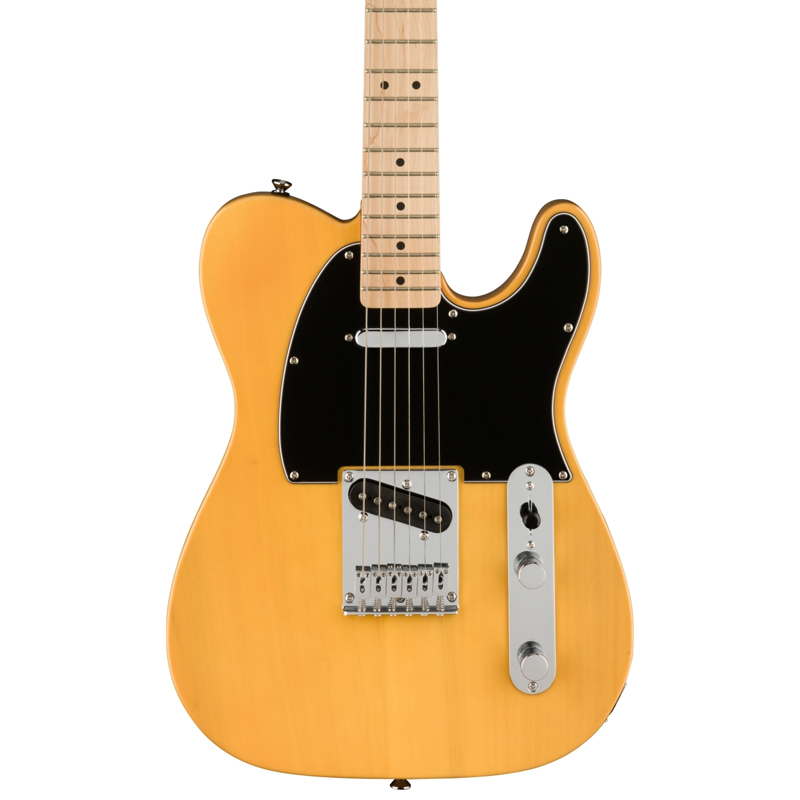
Don't assume that the Squier Affinity Telecaster's bargain basement price means you're missing out on great tone. This guitar follows the classic Fender blueprint and, as any Tele freak will tell you, often it's the cheapest examples that can surprise you with great tone and feel - and is one of the best Squier guitars around.
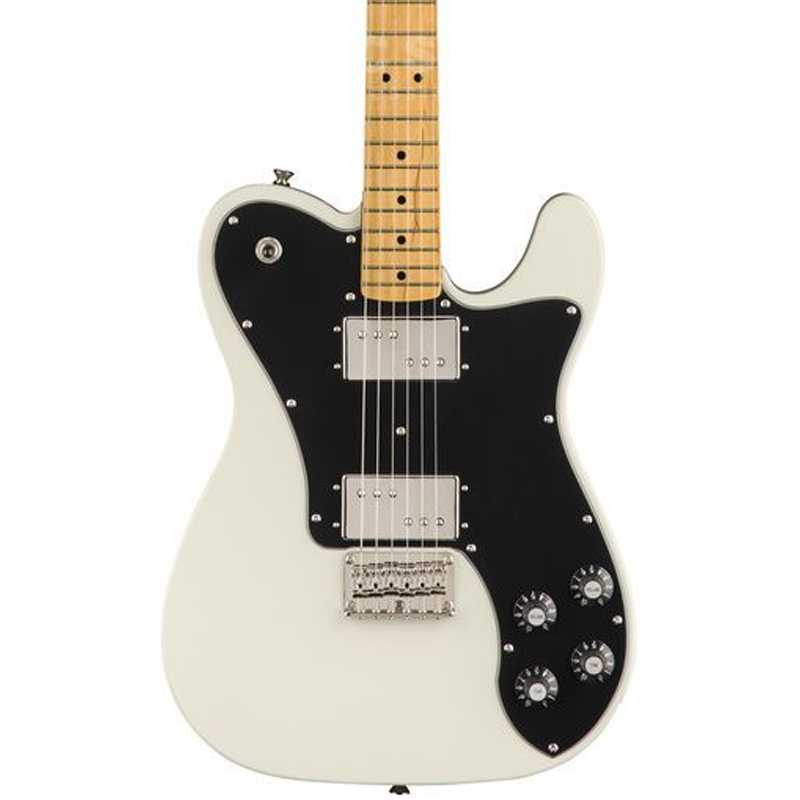
As great as the Squier Affinity is for the price, the brand's Classic Vibe Series offers a significant jump in spec and feel for not much more money and we have found it's one of the best Telecasters if you’re on a tight budget. In the case of this '70s Telecaster Deluxe, you also get a lovely big slice of vintage cool on the side.
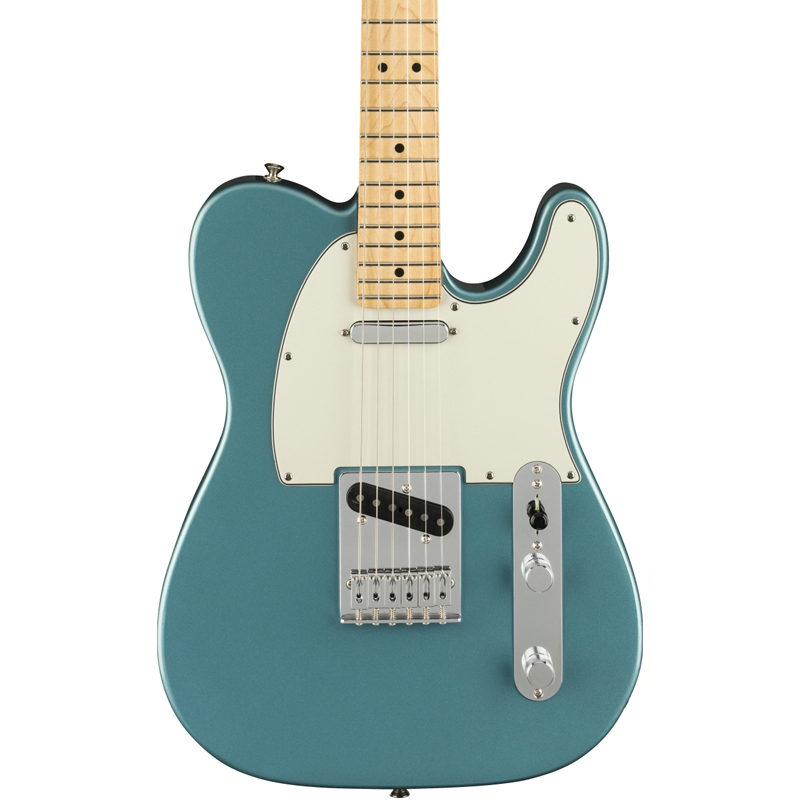
The Player is arguably the Tele that offers the best value for money, in our opinion. For a smidgen under $700/£600, you get a well spec'd, giggable tone machine with classic looks and modern playability. The latter is fuelled by the combination of a Modern C profile neck and 9.5" radius fingerboard, not to mention 22 medium jumbo frets.
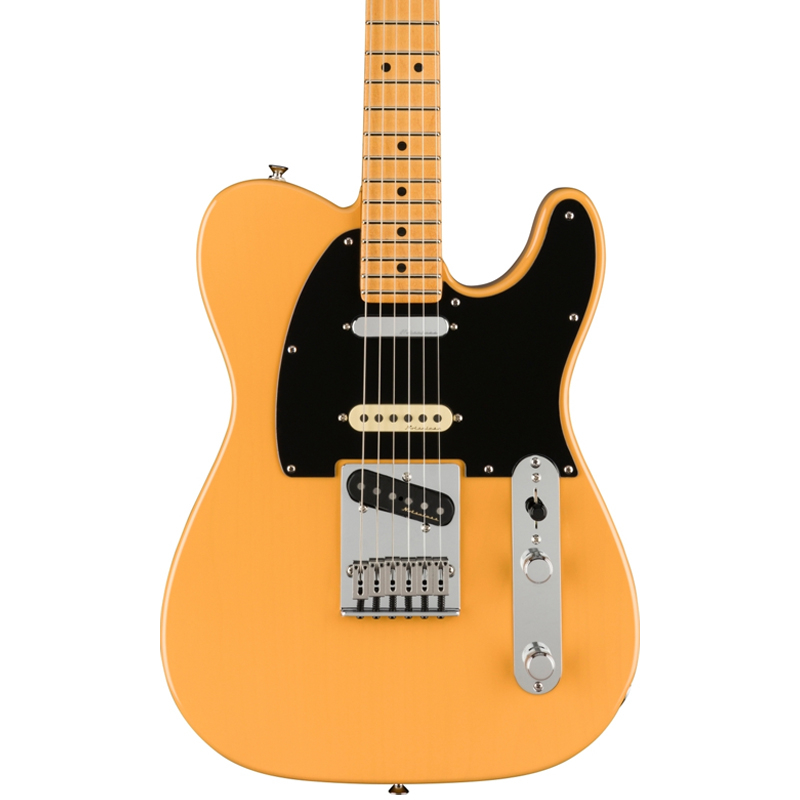
The Telecaster owns country music. No Nashville session ace would dare enter a studio in Music City without a Tele. Often these players would customise their guitars to extract the maximum amount of tonal variation. That's what the Fender Deluxe Nashville Telecaster is all about.

Fender’s Player Plus Series is amongst the best value-for-money guitars we’ve seen here. Coming with a raft of premium appointments for relatively little money, these powerhouse instruments are designed firmly with a younger, gigging player in mind, whilst understanding they won’t necessarily have thousands to drop on a great instrument.

The Telecaster and Bigsby vibrato have been mates since the early 50s. The iconic whammy bar was designed by inventor and motorcycle engineer Paul A Bigsby. He also built guitars that happened to feature headstocks with the tuners all on one side. Just like Fender but Bigsby got there first. We'll leave that there...
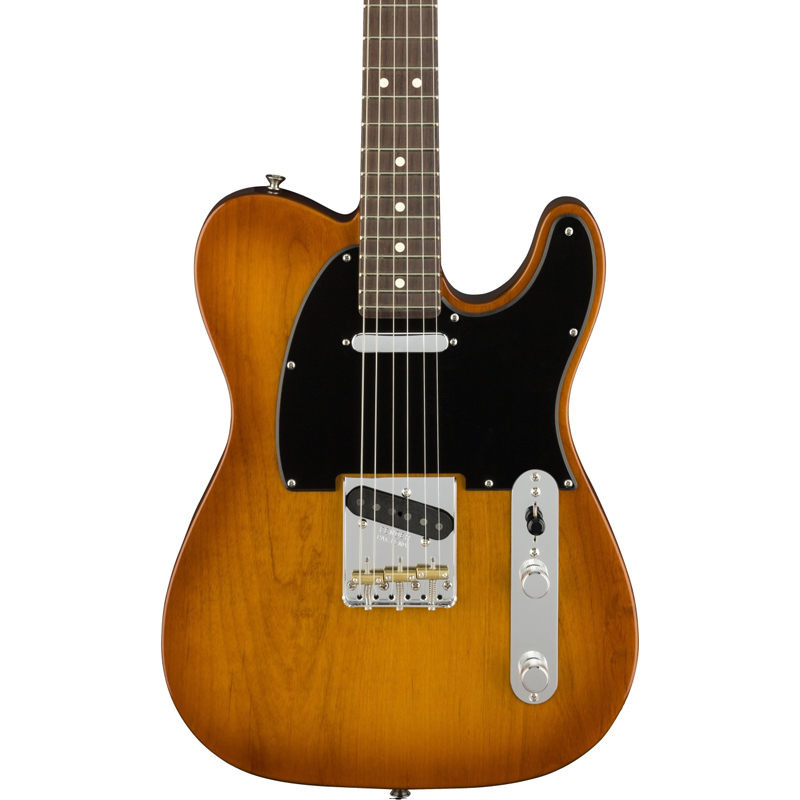
The Performer Telecaster Hum is the lowest price American-built model in the current Fender catalogue. What's "hum"? Well, this guitar features a humbucker in the neck position, just the way Keith Richards likes it. We should point out that the American Performer Telecaster is also available in a traditional, two single coil layout at the same price.
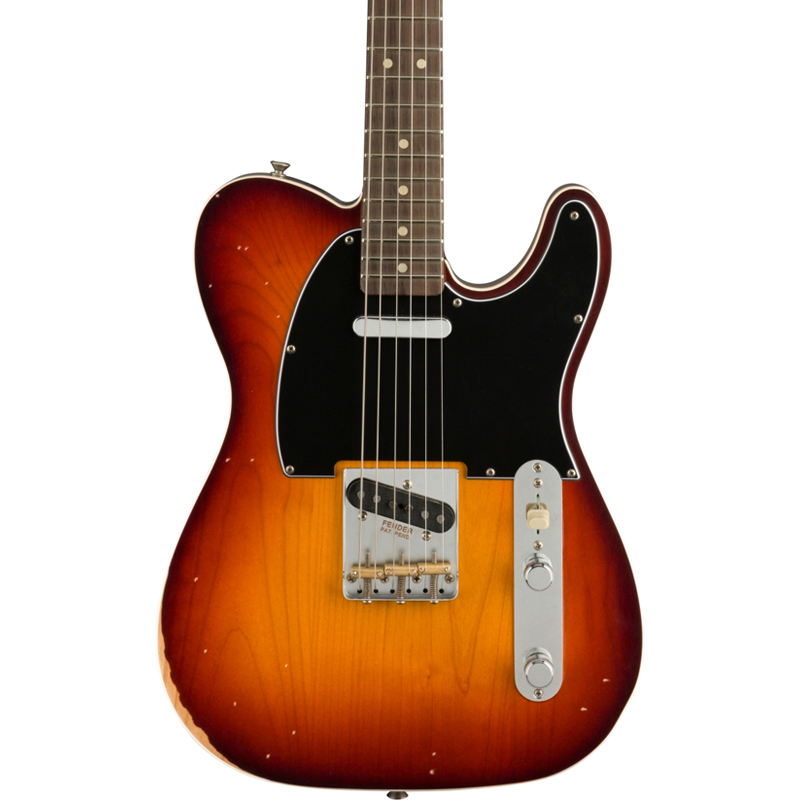
The electronics - most specifically the pickups - are a pair of custom-designed Jason Isbell Telecaster pickups made in conjunction with the pickup wizard Tim Shaw. They are punchy, bitey and iconically 'Tele' - with just enough personality of their own to remind you that you're playing a signature instrument.
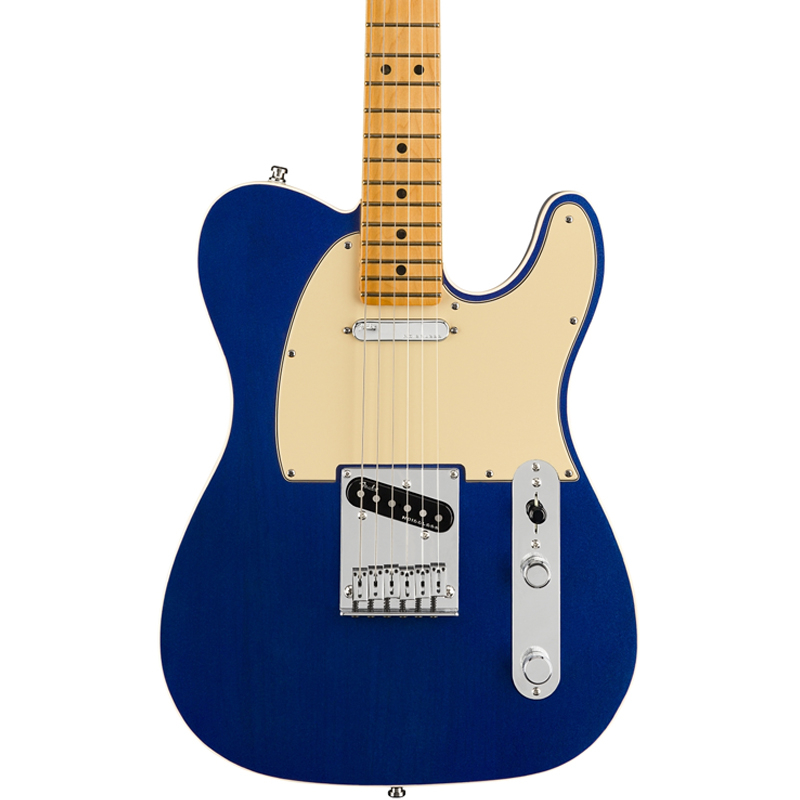
The new Ultra is as far away from a vintage spec Tele as you can get. This is the Telecaster hot rodded for players that want bang up to date tone and playability. For example, the rear of the body is contoured to allow easy access to the top frets. There's a 10" to 14" compound radius fingerboard to allow for the lowest possible action above the 12th fret, and easy chording in the open positions.
The best Telecasters available today
MusicRadar's got your back
Best Telecaster on a budget
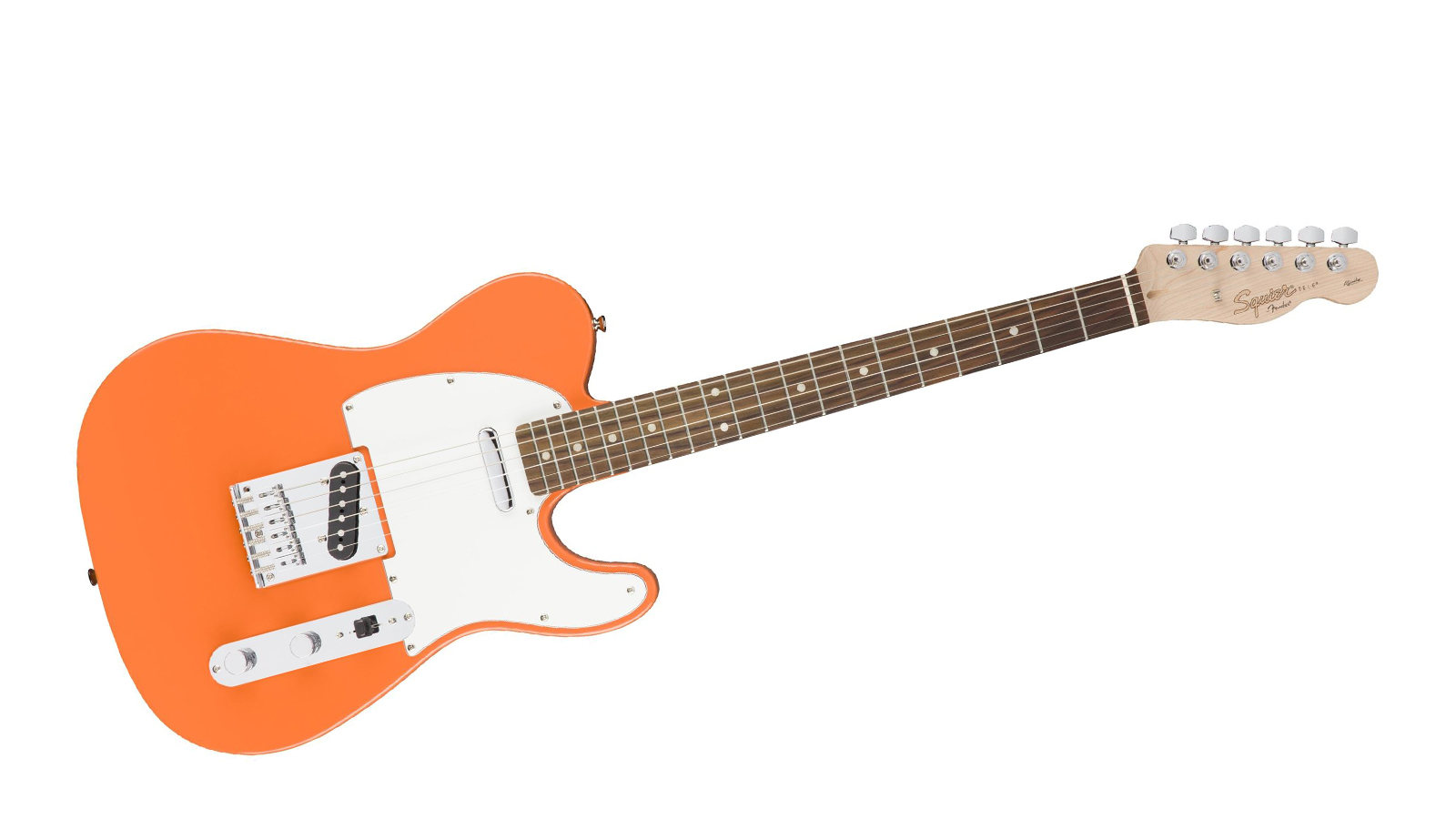
1. Squier Affinity Telecaster
Our expert review:
Specifications
Reasons to buy
Reasons to avoid
Don't assume that the Squier Affinity Telecaster's bargain basement price means you're missing out on great tone. This guitar follows the classic Fender blueprint and, as any Tele freak will tell you, often it's the cheapest examples that can surprise you with great tone and feel - and is one of the best Squier guitars around.
First impressions are convivial thanks to an easy to love slim C profile neck, coated in a satin urethane finish to avoid a sticky situation when your palm gets sweaty. 21 medium jumbo frets and a modern 9.5" fingerboard radius make for a low action (aka string height) and slinky string bending.
The Affinity is available in a bunch of cool finishes, with a choice of maple and Indian laurel 'boards. It's also one of the few Teles that comes in a left-handed format, albeit in a natural finish/maple 'board only edition.
Best budget reissue

2. Squier Classic Vibe '70s Telecaster Deluxe
Our expert review:
Specifications
Reasons to buy
Reasons to avoid
As great as the Squier Affinity is for the price, the brand's Classic Vibe Series offers a significant jump in spec and feel for not much more money and we have found it's one of the best Telecasters if you’re on a tight budget. In the case of this '70s Telecaster Deluxe, you also get a lovely big slice of vintage cool on the side.
This is the Tele you buy if you like classic rock stuff. The Wide-Range humbuckers offer great note separation and clarity no matter how intense the distortion gets. Controls are more Gibson like with two volumes, two tones and a three-way pickup selector toggle switch.
A slim C profile neck makes this guitar even easier to love. We also appreciate the vintage feel of the 21 narrow tall frets and a proper gloss urethane finish. All in all, this is just about the coolest looking budget guitar you'll find under $/£500.
Best value for money

Specifications
Reasons to buy
Reasons to avoid
The Player is arguably the Tele that offers the best value for money, in our opinion. For a smidgen under $700/£600, you get a well spec'd, giggable tone machine with classic looks and modern playability. The latter is fuelled by the combination of a Modern C profile neck and 9.5" radius fingerboard, not to mention 22 medium jumbo frets.
If you're all about the classic two single-coil Tele layout then you'll be more than happy here. We found that the Player Series single coils pump out all the jingle jangle you can handle. That said, there is a two humbucker loaded version available for those looking for a bit more grunt. Occasionally, Fender releases limited runs in different finishes, or with slightly different Telecaster pickups, so keep your eyes peeled!
Read the full Fender Player Telecaster review
Best for versatility
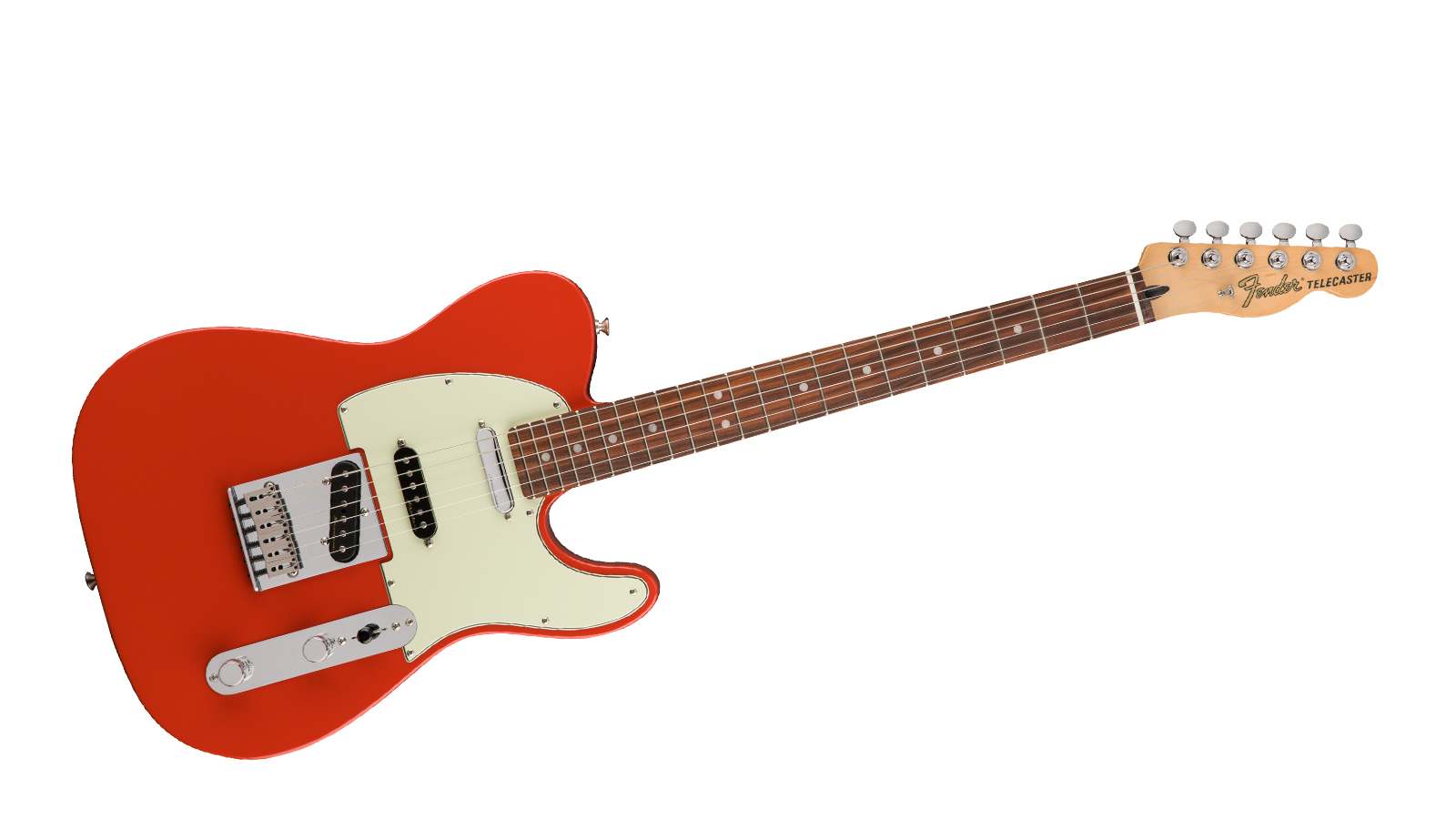
Specifications
Reasons to buy
Reasons to avoid
The Telecaster owns country music. No Nashville session ace would dare enter a studio in Music City without a Tele. Often these players would customise their guitars to extract the maximum amount of tonal variation. That's what the Fender Deluxe Nashville Telecaster is all about.
Fender has added a middle pickup and a five-way pickup selector switch to allow this Tele to produce Strat-like "in-between" tones. Basically, we’re talking about the combination of bridge/middle or neck/middle sounds that Strat players like Jimi Hendrix loved. The pickups are Fender Noiseless models which offer classic tones with reduced hum, something that studio musicians, producers and engineers will appreciate - and us for that matter.
Read the full Fender Deluxe Nashville Telecaster review
Best noiseless Telecaster

Specifications
Reasons to buy
Reasons to avoid
Fender’s Player Plus Series is amongst the best value-for-money guitars we’ve seen here. Coming with a raft of premium appointments for relatively little money, these powerhouse instruments are designed firmly with a younger, gigging player in mind, whilst understanding they won’t necessarily have thousands to drop on a great instrument.
Driven by two Player Plus Noiseless single coil pickups, you get plenty of Tele twang, minus any extraneous noise. We love the push-pull control which activates both pickups in series, giving you a warmer, fatter, more humbucker-like tone.
Locking tuning machines ensure that string changes are a breeze, whilst making certain it’s in tune every time you pick it up. The six-saddle bridge gives you great flexibility in setup, whilst the steel saddles add a touch of brightness to the overall sound of the guitar. Some raucous finishes add to the appeal of this thoroughly modern Tele.
Best with a Bigsby trem

6. Fender Vintera '60s Telecaster Bigsby
Our expert review:
Specifications
Reasons to buy
Reasons to avoid
The Telecaster and Bigsby vibrato have been mates since the early 50s. The iconic whammy bar was designed by inventor and motorcycle engineer Paul A Bigsby. He also built guitars that happened to feature headstocks with the tuners all on one side. Just like Fender but Bigsby got there first. We'll leave that there...
The Mexican-built Vintera '60s Bigsby features some distinctly vintage specification. The C profile neck has a 7.25" fingerboard radius and 21 vintage frets. That means you don't get quite the same low action as a modern 9.5" radius but we still think it's a great neck to play. In keeping with its '60s vibe, the neck has a gloss finish but where you'd expect to find a rosewood 'board we get the more eco friendly Pau Ferro. The package is completed by a smooth operating Licensed Bigsby B-50 wiggle stick, natch.
Best value USA model
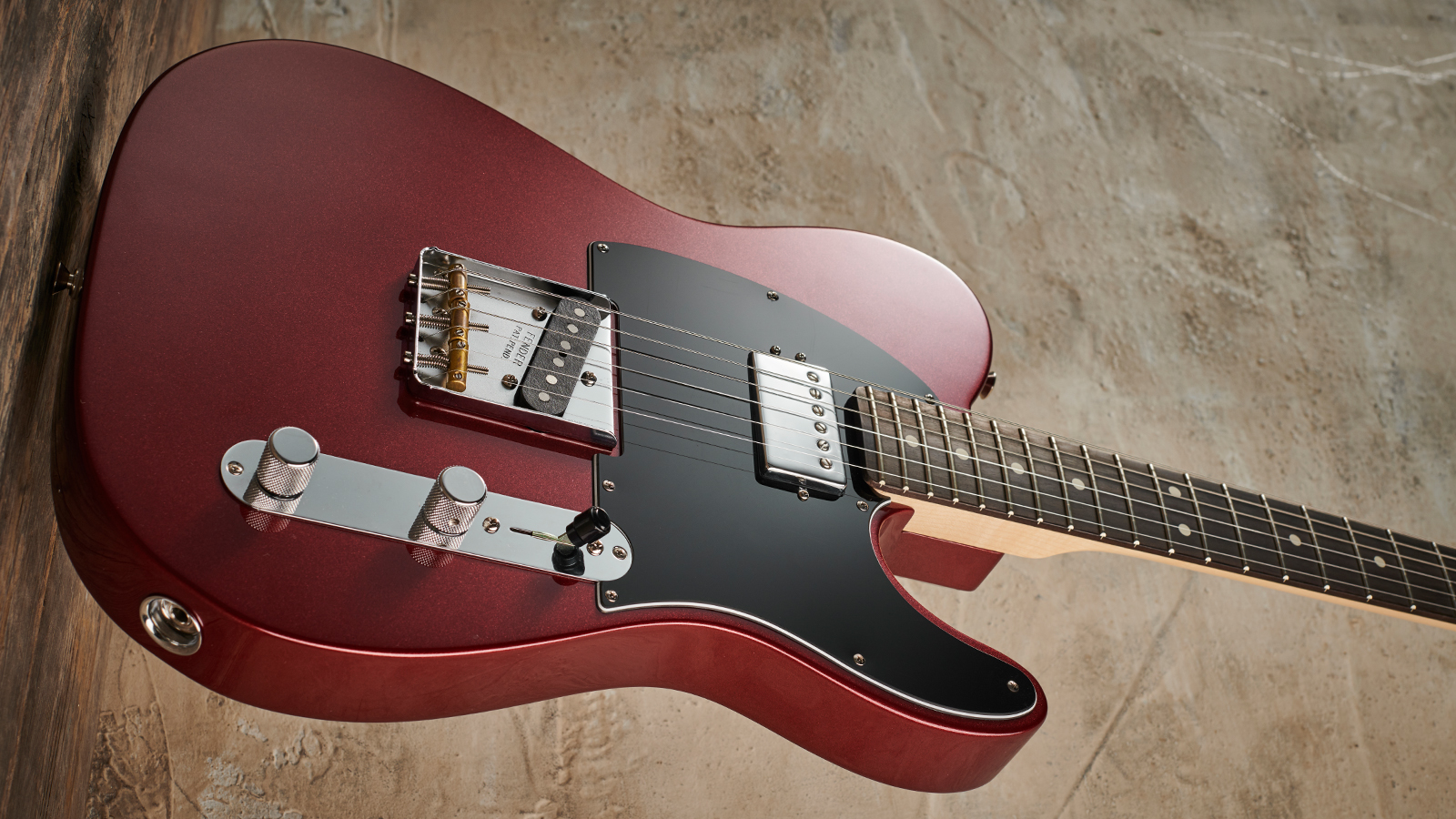
Specifications
Reasons to buy
Reasons to avoid
The Performer Telecaster Hum is the lowest price American-built model in the current Fender catalogue. What's "hum"? Well, this guitar features a humbucker in the neck position, just the way Keith Richards likes it. We should point out that the American Performer Telecaster is also available in a traditional, two single coil layout at the same price.
Players like a neck humbucker on a Tele for a number of reasons. Blues noodles like the warmth and sustain it can produce. Jazzers enjoy the depth it adds to their comping stuff. Rockers like the grunt it produces - and we like the versatility. This guitar also features the Fender Greasebucket tone circuit which allows you to roll off the treble without adding bass. That means you retain Tele clarity when you want to soften the Tele's trademark top end.
Read the full Fender American Performer Telecaster Hum review
Best signature Telecaster

8. Fender Jason Isbell Custom Telecaster
Our expert review:
Specifications
Reasons to buy
Reasons to avoid
Jason Isbell is a Grammy-winning king of Americana. It's only right, then, that he has his own signature Telecaster packed to the brim with special electronics and topped off with a stunning finish.
The electronics - most specifically the pickups - are a pair of custom-designed Jason Isbell Telecaster pickups made in conjunction with the pickup wizard Tim Shaw. They are punchy, bitey and iconically 'Tele' - with just enough personality of their own to remind you that you're playing a signature instrument.
It's not only the tone that is beautiful - the relic'ed Chocolate sunburst finish provides a stunning and subtle twist on the iconic ‘burst that Fender is so well known for.
The ‘60s “C” shape maple neck and 7.25” radius fingerboard add a tasteful and really enjoyable vintage feel to this Tele. It's got some real personality to it, and that vintage vibe that makes you feel like you’re playing a living, breathing instrument. It’s expensive for a Mexican Telecaster, but we'd still say it's worth the money.
Best modern Telecaster
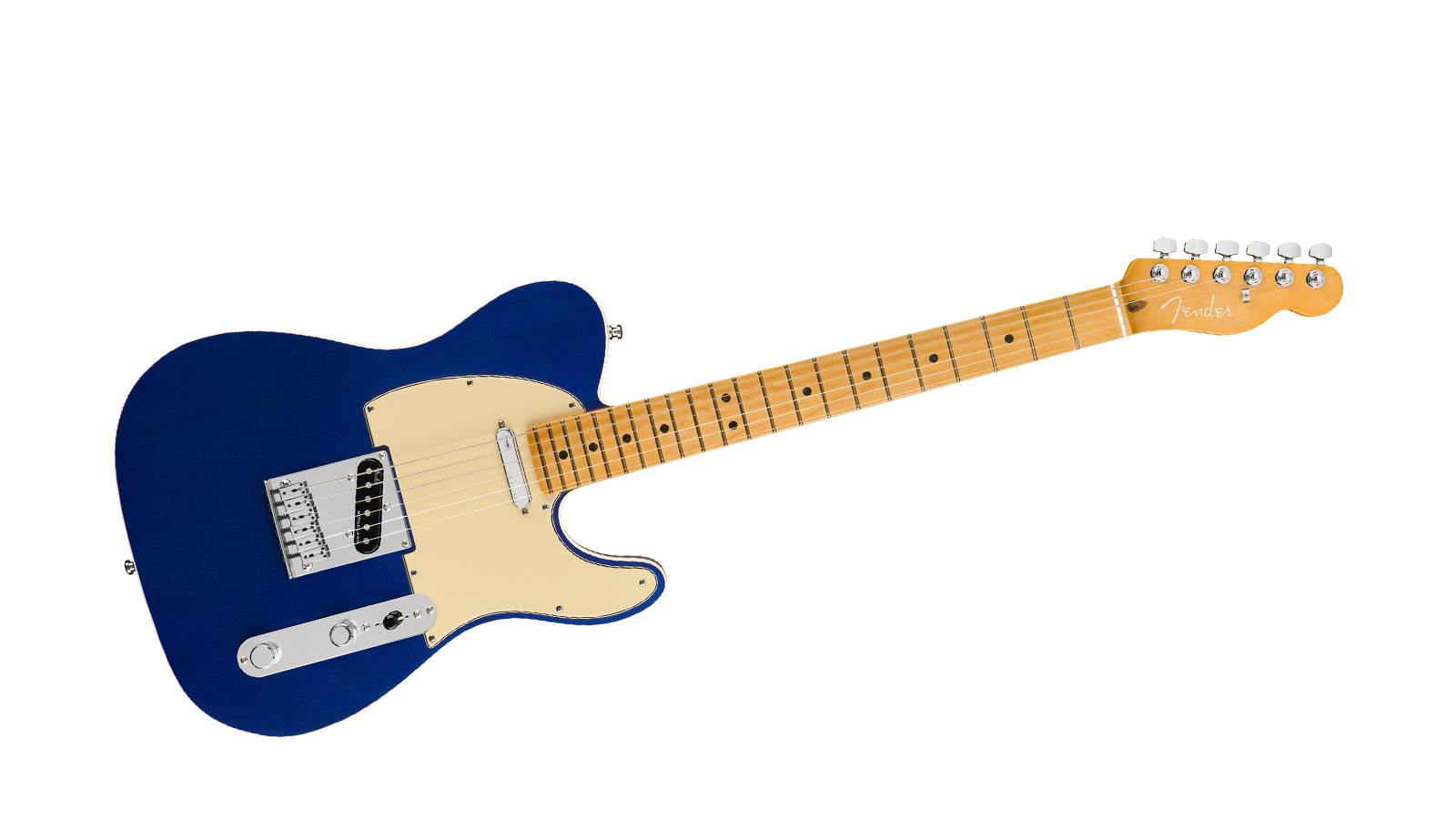
Specifications
Reasons to buy
Reasons to avoid
The new Ultra is as far away from a vintage spec Tele as you can get. This is the Telecaster hot rodded for players that want bang up to date tone and playability. For example, the rear of the body is contoured to allow easy access to the top frets. There's a 10" to 14" compound radius fingerboard to allow for the lowest possible action above the 12th fret, and easy chording in the open positions.
A pair of Ultra Noiseless Vintage single coils offer up classic tones without the background hum and there's the Fender S-1 circuit to switch between series and parallel modes for increased tonal variety. Figure in the locking tuners and a Modern D neck profile and in our view, you've got one of the best performing Teles ever made.
Read the full Fender American Ultra Telecaster review
Best Telecasters: Buying advice
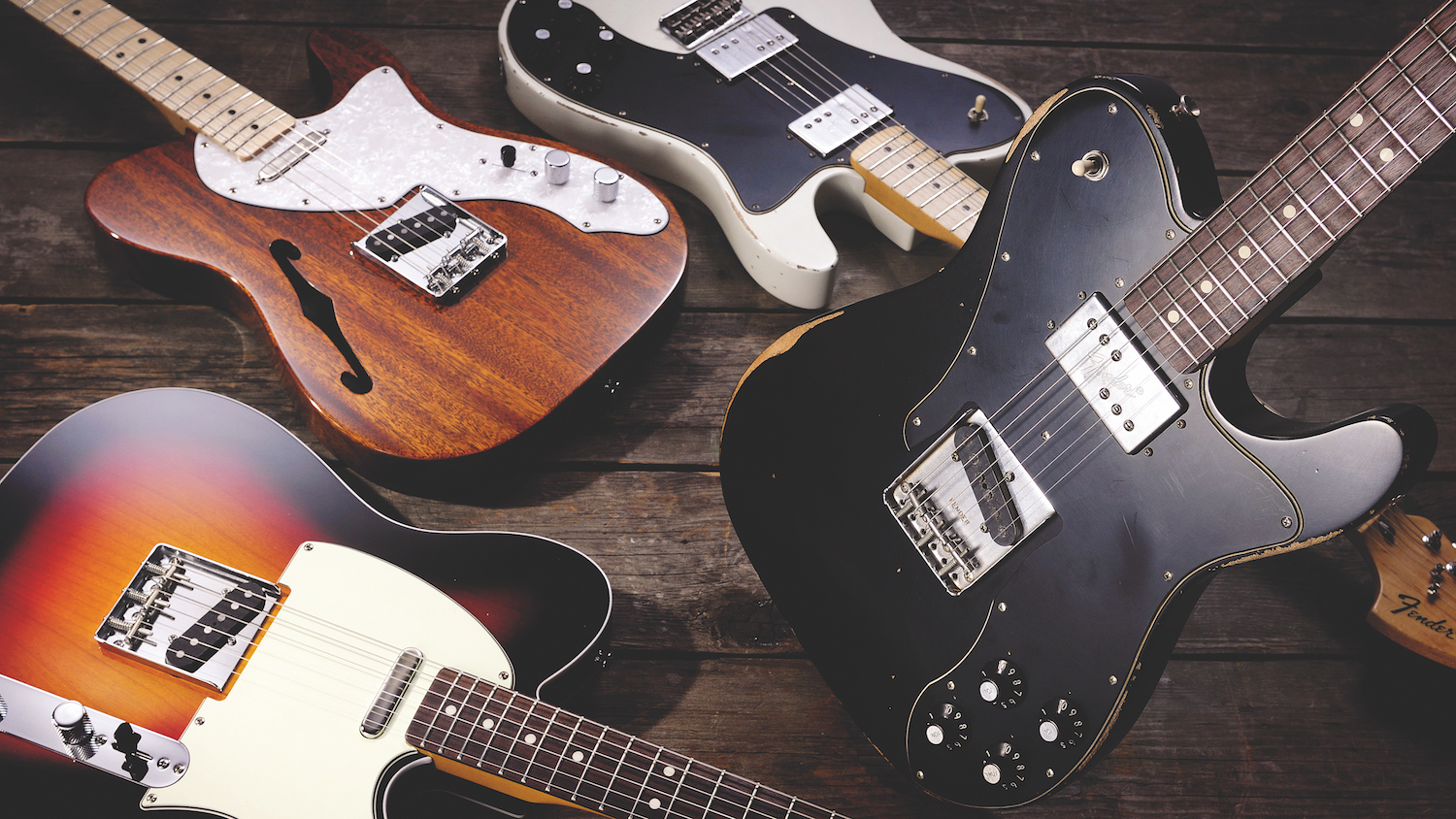
Best Telecasters: A brief history
Interestingly, Leo Fender wasn’t a guitar player - he was an engineer, and as such he was driven to fix problems commonly associated with other electric guitars.
Most of the guitars prior to the Tele were hollow bodies and were prone to feedback - using a solid piece of wood to mount the pickups in helped solve this problem. He also wanted to create a guitar made up of parts that could be replaced, if something were to break, negating the need to replace the whole instrument, hence the bolt-on neck.
The Fender Telecaster had an interesting start in life, and actually had a couple of different names before they settled on what it’s known as today. It was the first commercially successful solid-body guitar, and remains a best-seller 70+ years on.
It was first introduced in 1950 as the Esquire and was fitted with a single pickup in the bridge position. A few months later, a second pickup was added in the neck position - this model was soon renamed the Broadcaster. However, after a trademark conflict with Gretsch, who at the time had their Broadkaster drum kit, Fender removed the name from the headstocks.
For a short period, some guitars were made without a name next to the Fender logo - these are referred to as Nocasters and original versions go for serious money today. In 1952, Fender settled on the Telecaster name and, as they say - the rest is history. As well as Custom and Deluxe versions, alongside many others, the Fender Tele is doing just as well today as it ever was.
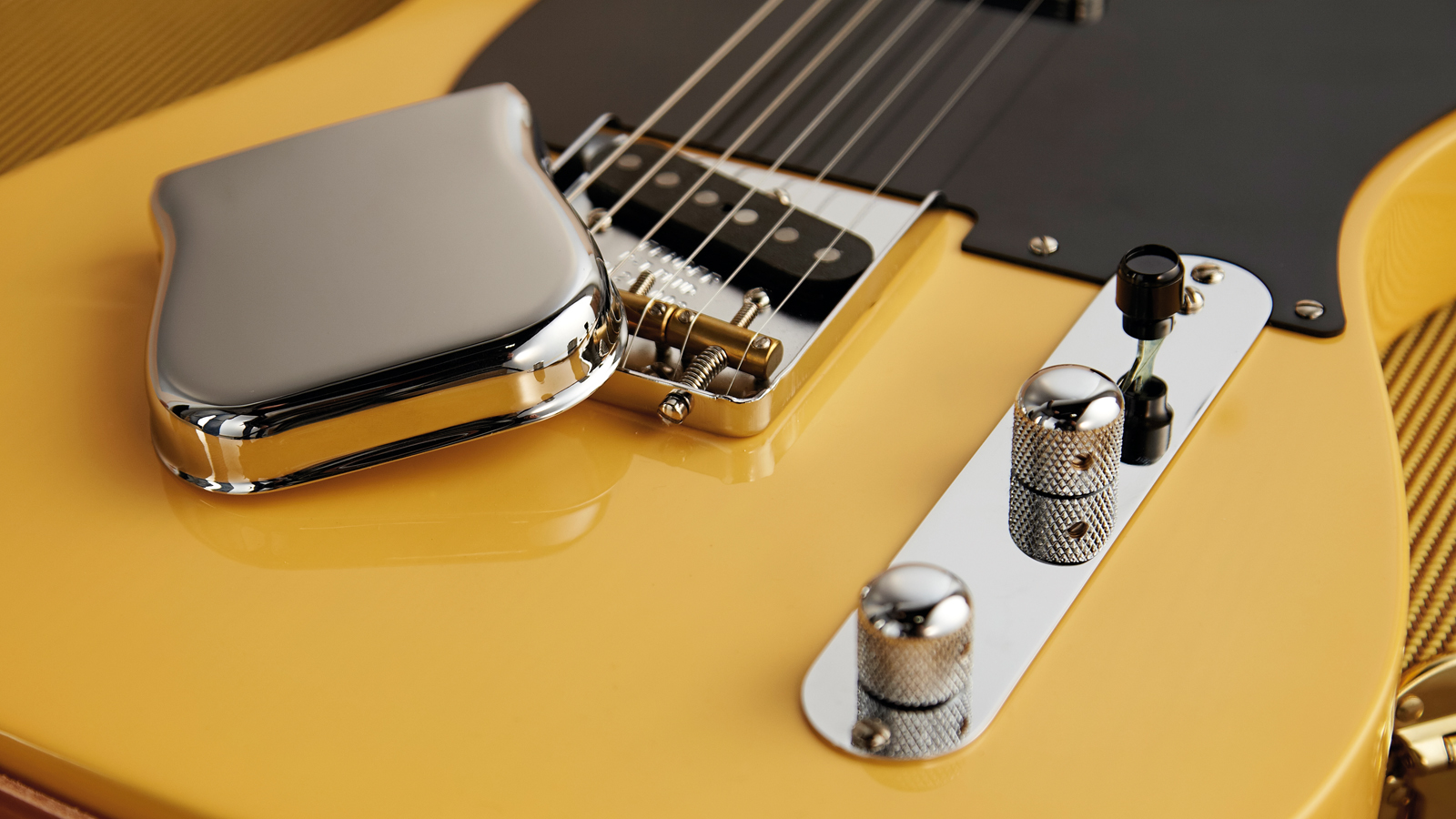
What should I think about when buying a Telecaster?
The Fender Telecaster is known for its versatility which is why so many players choose it. However, there are various different versions, all offering different pickup variations, different neck profiles, extra features, and of course covering all price ranges.
Which are the best Telecaster pickups?
There are a few key things to consider when looking for the best Telecaster for you. The pickups are a big one - a pair of single coils will give you a more traditional Tele sound. If you want it to sound close to those hallowed early models, then look for something with 50s-style pickups. If you’d like your guitar to fill a little more sonic space, then humbuckers are a good choice or, to get the best of both worlds, you can get a 70s-style Tele Custom which has both single-coil and humbucking pickups.
The main bulk of the signature Telecaster comes from the juxtaposition of pickup configuration. In the bridge position, you have a very bright-sounding pickup, enhanced by the steel or brass baseplate it’s attached to. In the neck position, largely thanks to the metal cover, you get a very warm and dark sound guitar tone. This combination of light and dark means you have a host of different tones available to you, even though there are only two pickups on a traditional Telecaster.
What’s the best Telecaster neck for me?
Most 50s spec Teles will likely have fairly chunky neck profiles. They vary between models, but if you prefer something a little thinner, then maybe look out for a Modern C neck, which is a slightly flatter version of their popular 60s profile. A thicker neck is generally considered better for traditional playing, giving you more feel for bends and vibrato. Modern necks are thinner and lean more towards faster lead playing. Fender’s Modern ‘C’ sits somewhere in between these two, offering the best of both worlds.
Rosewood (or a cheaper replacement like pau ferro) vs maple as the fingerboard material is something to think about as well. Aside from the looks, maple tends to impart a slightly brighter sound, with a touch more snap. As per their traditional specs, 50s models will only have maple fingerboards.
Which Telecaster bridge should I pick?
The Tele bridge is another key component in the signature sound of a Fender Telecaster. The bridge saddles, baseplate, and bridge pickup are all interlinked, creating the bright and ‘spanky’ tone of a Tele. There are quite a few different bridge designs that have been attempted over the years, and each has pros and cons to their respective designs.
The conventional Telecaster bridge is known as an ‘ash-tray’ bridge, due to the raised surround that originally came with a cover for the bridge pickup. Players would remove the cover because it sounded better, and quite literally use it as an ashtray. This left the raised surround of the bridge itself, which can make palm muting feel slightly uncomfortable if you’re not used to it, so be wary of purchasing a Tele with this vintage-style setup if you’ve not played one before.
The traditional 3-saddle Telecaster bridge is considered the holy grail of Tele tone, and many traditionalists won’t play a Tele without a 3-saddle bridge. The saddles are considered to impart a ‘twangy’ tone thanks to the brass construction, with the way you set it up adding to the sustain of the guitar. The drawback with this kind of bridge is that you can’t easily adjust the intonation or action as you don’t have individual saddles, which can lead to some compromise during setup.
A 6-saddle bridge allows for greater adjustment to individual string action, which a lot of players prefer as it can give you a better playing experience. They usually come with longer intonation screws as well, giving you more flexibility to ensure your guitar is in tune all across the fretboard. For a lot of players, the 6-saddle bridge sounds too smooth to be a true Telecaster. They also believe it robs the instrument of some of its sustain.
Despite all of what we’ve just discussed, there’s no perfect bridge for any particular player. Some play and feel differently, that much is true, but there are no absolutes because everyone likes a different feel and a different tone. Generally speaking, if you’re going to be playing classic rock, blues, or country, you’ll probably want to go for the 3-saddle configuration. If you’re a more modern player, the 6-saddle will likely make you happier.
How we choose products
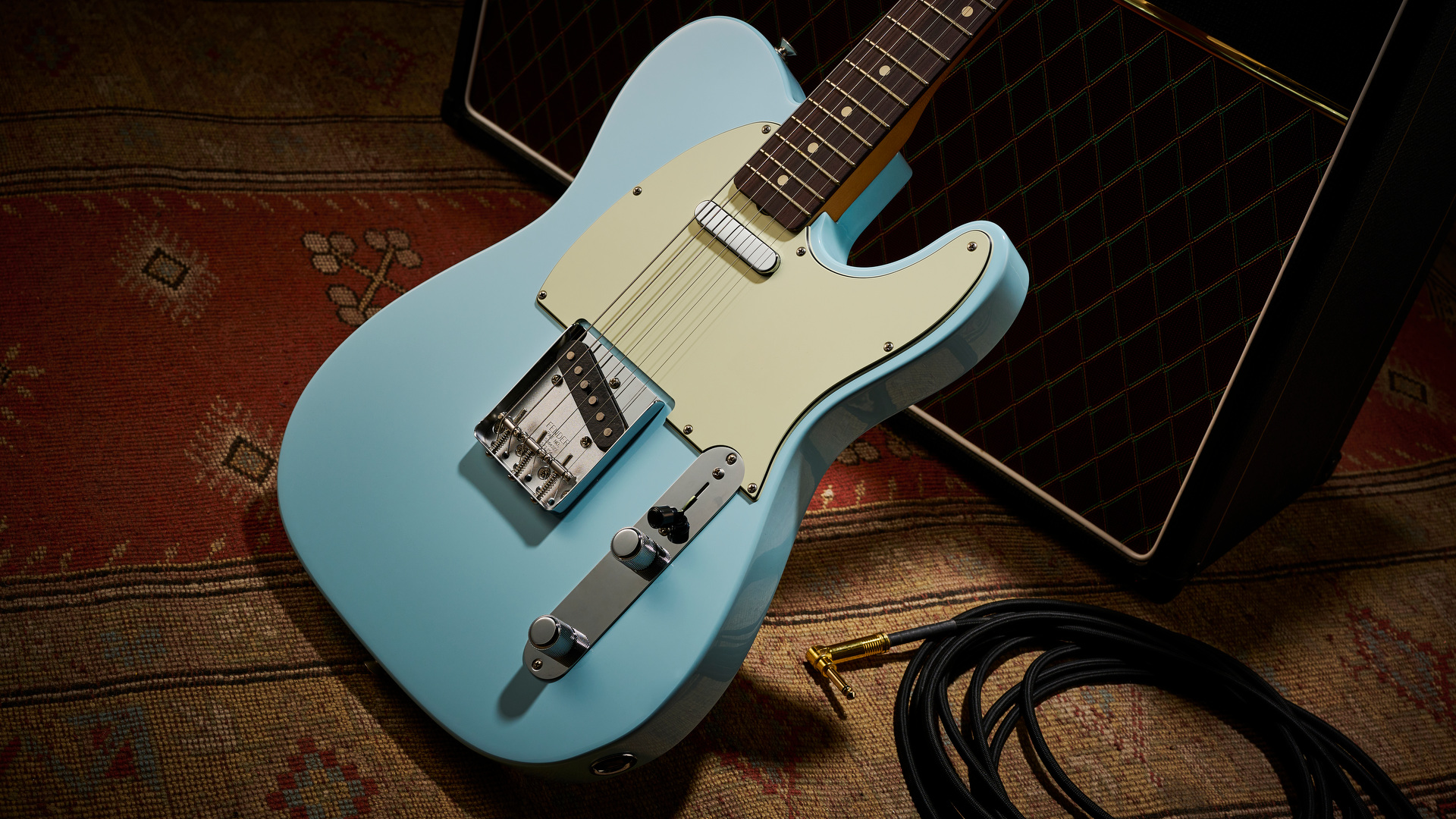
Here at MusicRadar, we are experts in our field, with many years of playing, creating and product testing between us. We live and breathe everything music gear related, and we draw on this knowledge and experience of using products in live, recording and rehearsal scenarios when selecting the products for our guides.
When choosing what we believe to be the best Telecasters available right now, we combine our hands-on experience, user reviews and testimonies and engage in lengthy discussions with our editorial colleagues to reach a consensus about the top products in any given category.
First and foremost, we are musicians, and we want other players to find the right product for them. So we take into careful consideration everything from budget to feature set, ease of use and durability to come up with a list of what we can safely say are the best Telecasters on the market right now.
Find out more about how we test music gear and services at MusicRadar.
Related buying guides
- Stratocaster vs Telecaster: which is right for you?
- The best Stratocasters you can buy today
- The best cheap electric guitars
- The best electric guitars under £/$1,000
- The best best blues guitars you can buy right now
- The best high-end electric guitars for experts and pro players
- Nail that twang with the best Gretsch guitars
Want all the hottest music and gear news, reviews, deals, features and more, direct to your inbox? Sign up here.
- Matt McCrackenJunior Deals Writer
- James Farmer